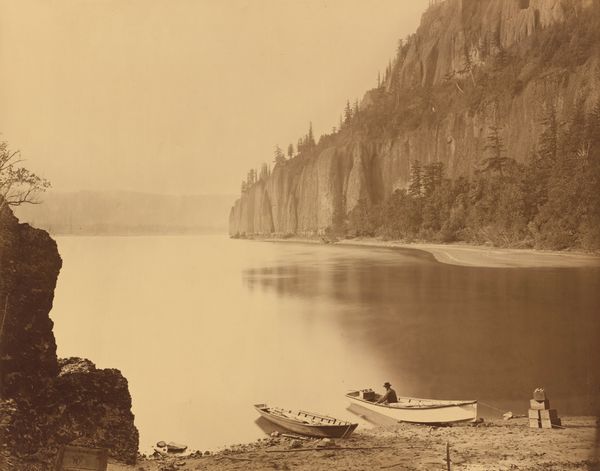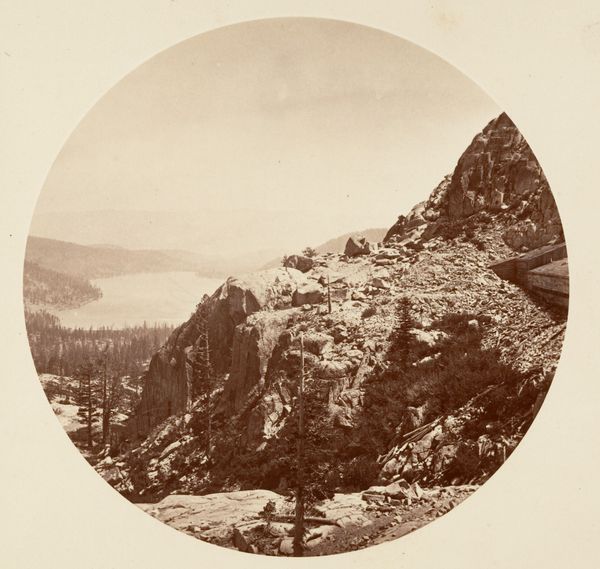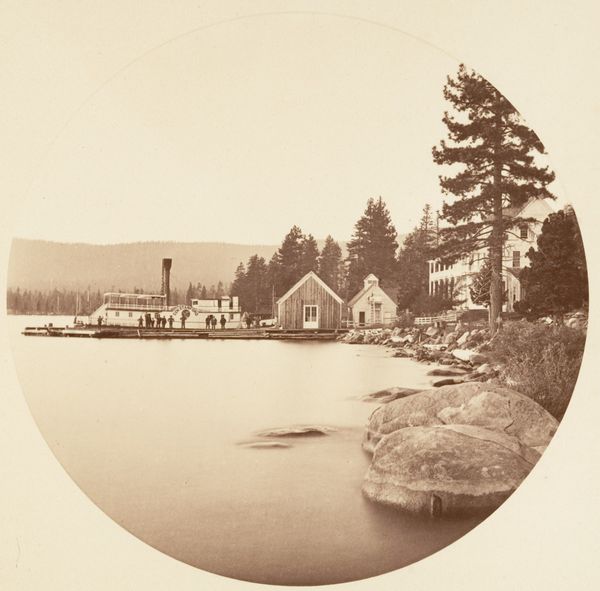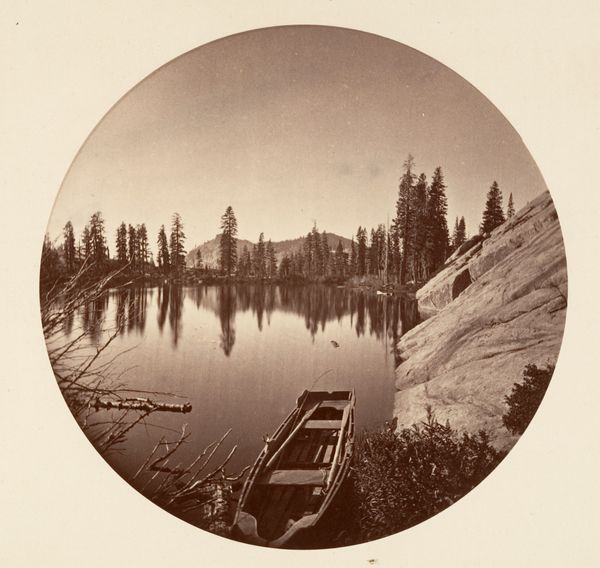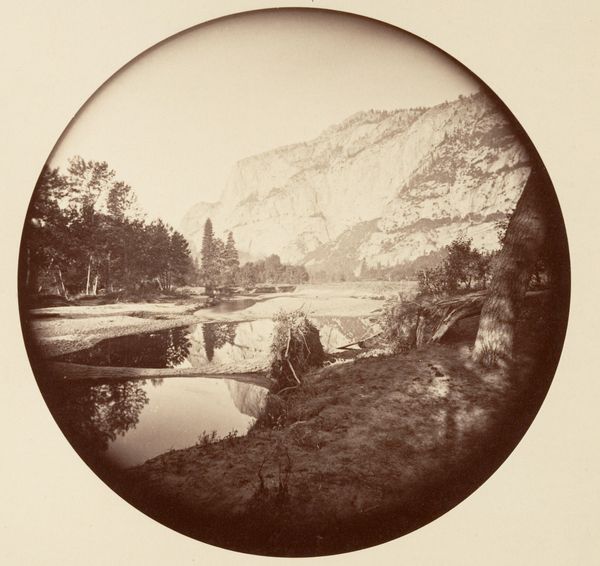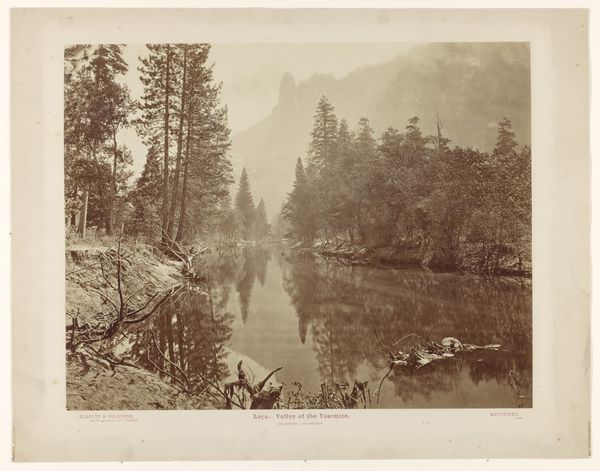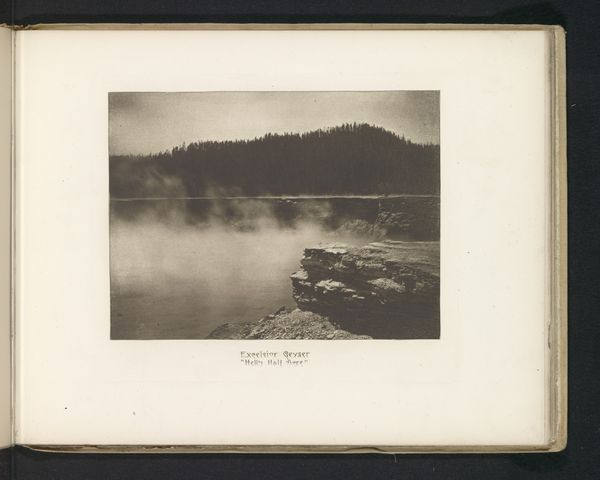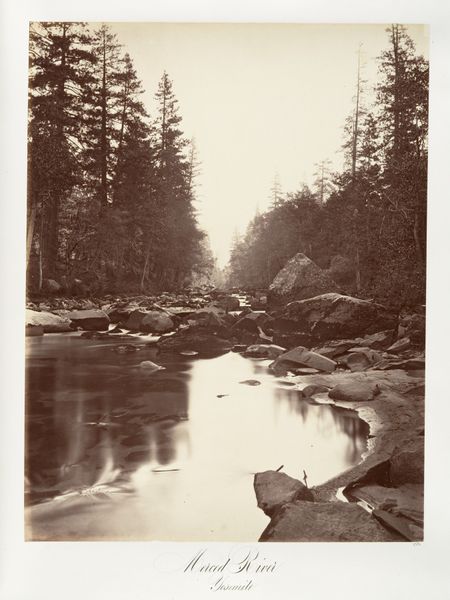
print, photography, gelatin-silver-print
#
boat
# print
#
landscape
#
photography
#
orientalism
#
gelatin-silver-print
#
hudson-river-school
Copyright: Public Domain
Editor: This is Carleton Watkins' "Cape Horn, Oregon," a gelatin silver print from 1867. The vastness of the landscape, the towering cliffs, it almost feels like a confrontation between humanity and nature. What do you see in this piece beyond just a pretty picture? Curator: Beyond the striking landscape, I see a potent narrative about westward expansion and its impact on indigenous populations and the environment. The seemingly tranquil scene masks the violent displacement and ecological disruption that accompanied the arrival of settlers. Do you notice the boats? Editor: Yes, they look almost staged, carefully placed for the shot. Curator: Exactly! Watkins’ photographs, while celebrated for their aesthetic beauty, were also used to promote the idea of an abundant and "empty" land, ripe for development. This rhetoric directly contributed to the erasure of Native American presence and land claims. The sublime natural beauty is being used as a tool of colonialism, reinforcing a particular vision of progress at the expense of others. How do you think this image was received by viewers at the time? Editor: Probably as an invitation, a beautiful prospect. I guess it's easy to overlook the darker side. Curator: It's a vital lesson in how images can be both beautiful and politically charged. Watkins' mastery is undeniable, but his work is not neutral. It's enmeshed in the complex, often brutal, history of the American West. Considering the historical context complicates but also enriches the work, don’t you agree? Editor: Absolutely. I'll definitely view landscape photography differently from now on. Thanks for helping me see past the surface.
Comments
No comments
Be the first to comment and join the conversation on the ultimate creative platform.

